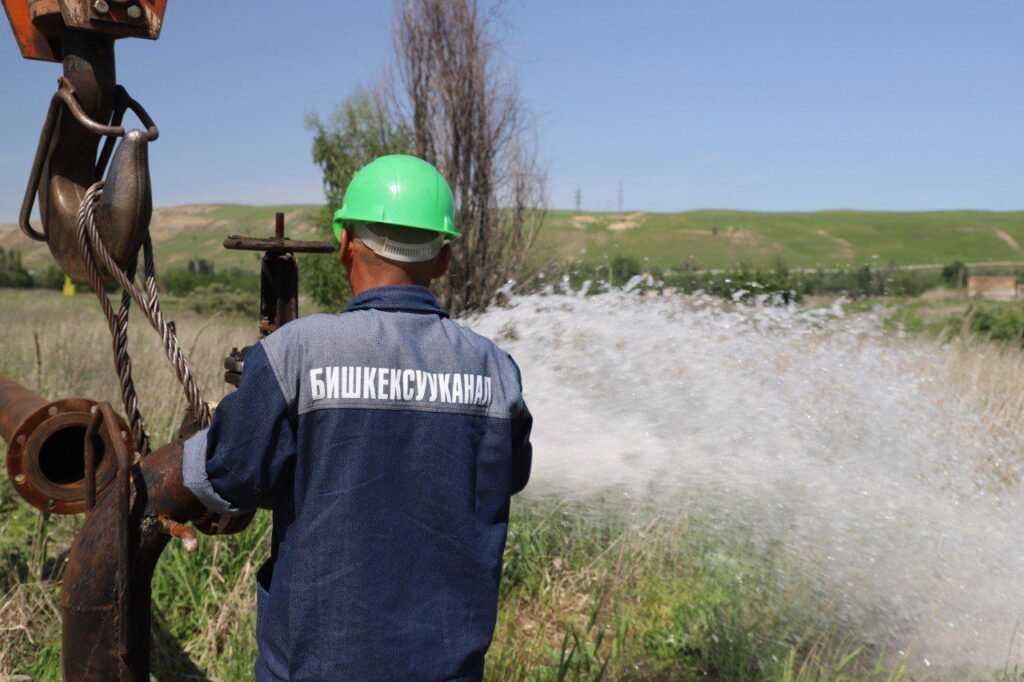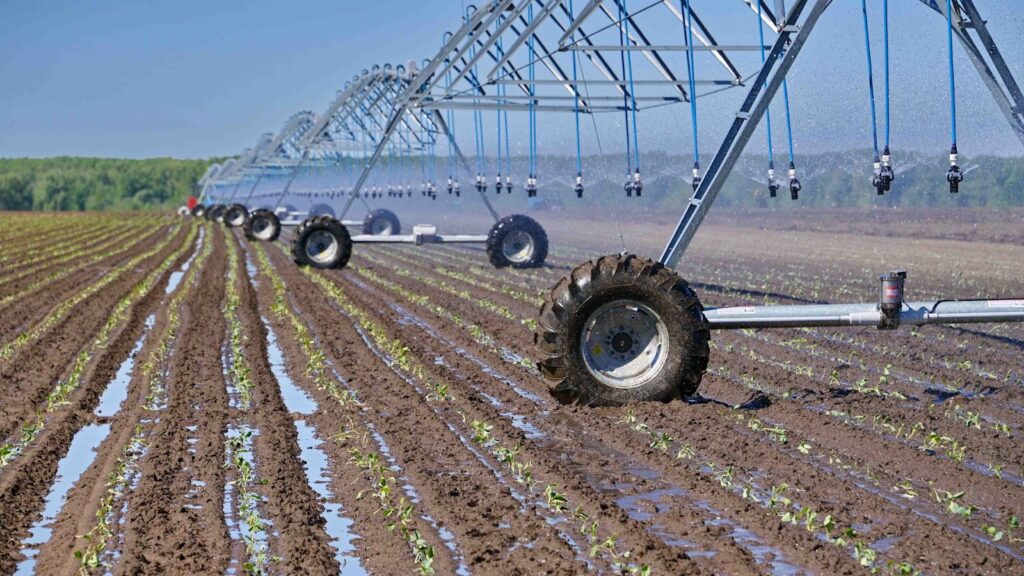Water Shortages in Kyrgyzstan’s Cities Despite Full Reservoirs
Due to a shortage, Kyrgyz authorities have banned the use of drinking water to irrigate cities' gardens and orchards. Implemented in Bishkek and Osh, the ban which operates during daytime hours, is set to run until the end of the summer. In a report to TCA, Erlan Timurov, chief public relations specialist for Bishkekgorvodokanal, the company in charge of drinking water in Bishkek, stated: "Every year, Bishkekvodokanal produces about 145 million cubic meters of drinking water, around 48m cubic meters of which are lost as a result of illegal connections to our networks and leaks caused by worn-out infrastructure" The situation is similar in southern Kyrgyzstan and in Osh, utility companies in the course of monitoring levels, regularly identify and cut off water supplies to those illegally connected to the system. "The average daily consumption of drinking water in residential areas increases fivefold in summer," explained Timurov. "Most of this increase is spent on watering vegetable gardens and filling swimming pools. As a result, some residents experience water shortages." Ironically, the water deficit is developing against a backdrop of overflowing local reservoirs caused partly by abnormal weather melting mountain glaciers. Under the circumstances, the Tien Shan High Mountain Research Centre at the Institute of Water Problems and Hydropower in Kyrgyzstan blames cities' water shortages on irrational use. "In the 1980s , collective and state farms universally introduced the so-called sprinkler system. Back then, 500 to 1,000 cubic meters of water were required to irrigate one hectare. Today, that has risen to 2 to 3 thousand cubic meters. The problem is that we have lost many technologies and do not know how to use water effectively," claimed the scientific center. Drip irrigation used worldwide, is now being introduced in Kyrgyzstan. However, because it's expensive, the percentage of Kyrgyz farmers using this type of irrigation is extremely small and the majority continue their habit of using drinking water in their fields, gardens, and orchards using outdated irrigation systems .


